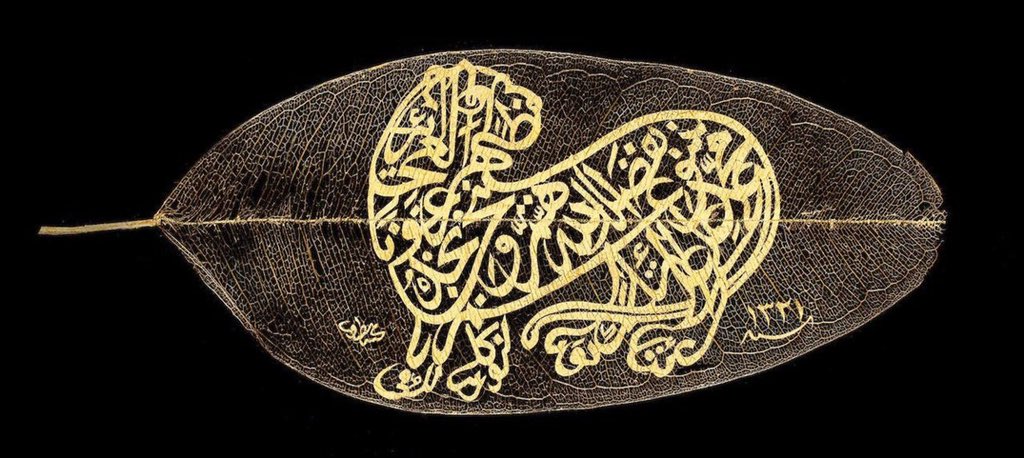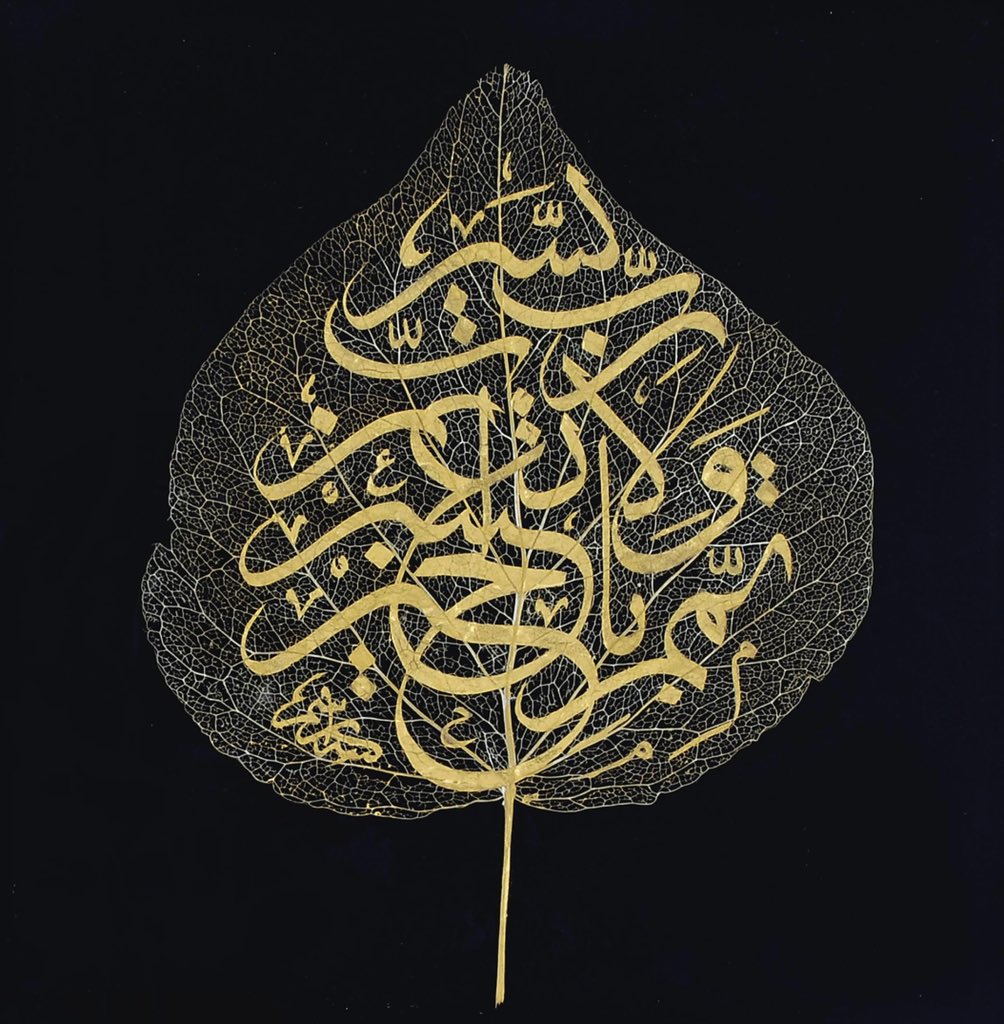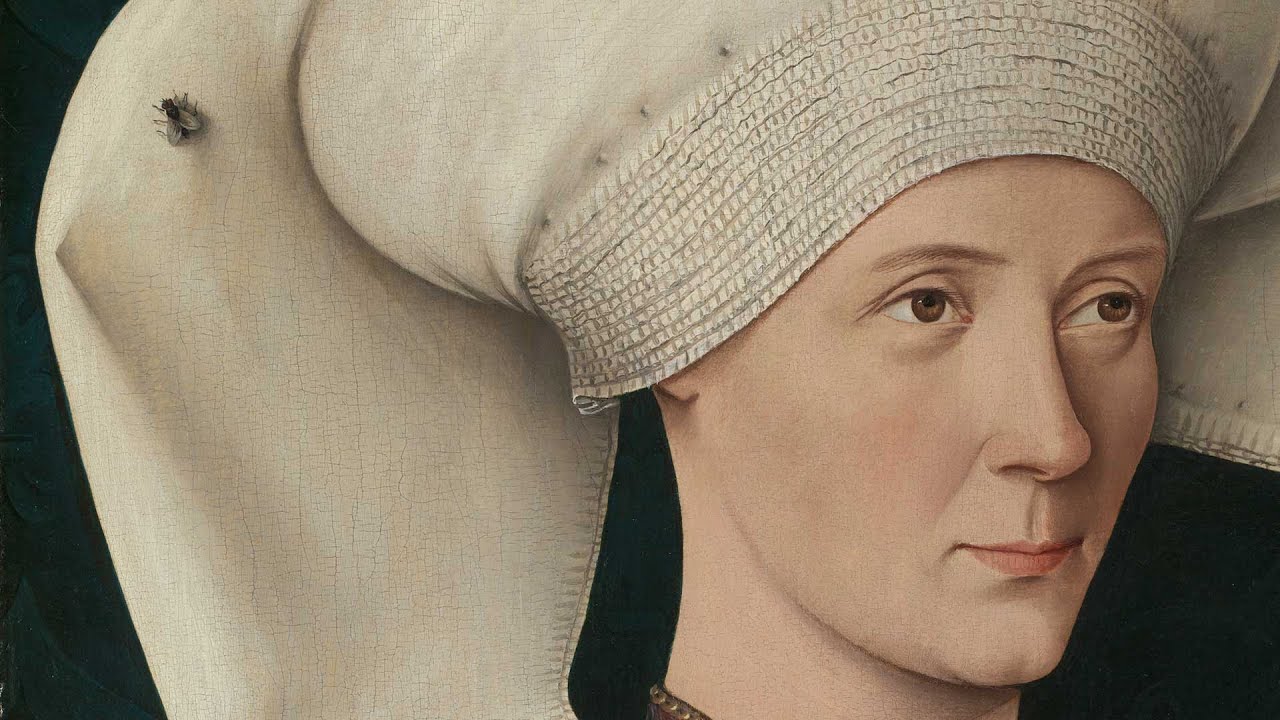No 90s band flew as low under that radar as Cambridge, Massachusetts three-piece Morphine. Too odd for nostalgia radio, not commercial enough to pop up on a big-time modern soundtrack, Morphine either means nothing to you or, if you were in the right place at the right time, everything.
YouTube channel Rock n’ Roll True Stories would like more people to discover Morphine and their introduction video does an adequate job of stitching together interview quotes, band pics, and some daffy stock photography. The only thing missing: actual examples of their music. We’ll get to that in just a bit.
Morphine were somewhere between a rock band and a jazz trio. Led by Mark Sandman, the group consisted of drummers Jerome Deupree or Billy Conway, and saxophonist Dana Colley, with Sandman’s two-string bass front and center. “In a pop universe where every singer, guitarist, and keyboardist instinctively goes to a higher note to attract attention,” wrote the Washington Post at the time, “Morphine stays hunkered down low.”
Live, Sandman mostly kept to his bass, but on their five albums, he also included homemade instruments like the “tritar,” consisting of two guitar strings and a bass string. He also added piano and keyboards to the mix. Colley sometimes played two saxes at once, or he switched out his main baritone for soprano, tenor, or bass saxophones.
After their first indie release Good in 1992, Rykodisc signed the band. But Morphine remained as resolutely anti-commercial as they could, turning down offers to license their songs for commercials. (Ryko, however, could license their music for TV and movies without the band’s approval.) “You Look Like Rain” was a college radio “hit”; “Buena” was the single release. There’s a bit of Tom Waits or Nick Cave in his voice; a bit of be-bop by way of Twin Peaks in the music. It’s a formula they tweaked, altered, and perfected. Their critical apex came with the album Cure for Pain in 1993, but each successive album sold more units. The label Dreamworks took over from Ryko, but Sandman felt they were pushing the band to be something they were not, a “new Beck” or a sound beyond the trio of instruments. But they didn’t falter and remained true to themselves.
Instead, the band ended when Sandman suffered a heart attack on stage in 1999, possibly due to stress and the oppressive heat of the venue itself. Their fifth and final album The Night was released posthumously. The surviving members have formed a few Morphine-adjacent bands since, as well as starting a scholarship in Sandman’s name.
Ryko recently re-released their early discography on vinyl with bonus tracks, so a new generation is poised to discover Morphine, look around and wonder, who else knows about this band? That’s how it starts.
Related Content:
A Massive 800-Track Playlist of 90s Indie & Alternative Music, in Chronological Order
The Evolution of the Rock Guitar Solo: 28 Solos, Spanning 50 Years, Played in 6 Fun Minutes
Stream a Massive Collection of Indie, Noise Industrial Mixtapes from the 80s and 90s
Ted Mills is a freelance writer on the arts who currently hosts the Notes from the Shed podcast and is the producer of KCRW’s Curious Coast. You can also follow him on Twitter at @tedmills, and/or watch his films here.







